The 10 Most Impressive Buildings in Rome
There are several good reasons why the following have made the list of being the 10 most impressive buildings in Rome. Chief amongst them all is the fact that they’re still standing strong after having been built hundreds to several thousand years ago.
Through wars, weather, natural disasters, and the gradual grinding of time, these buildings have withstood time’s test, and are standing, real-world history lessons, for us all to glean from. Every one of these is certainly worth a visit when checking out the sweet spots of Italy.
St. Peter’s Basilica
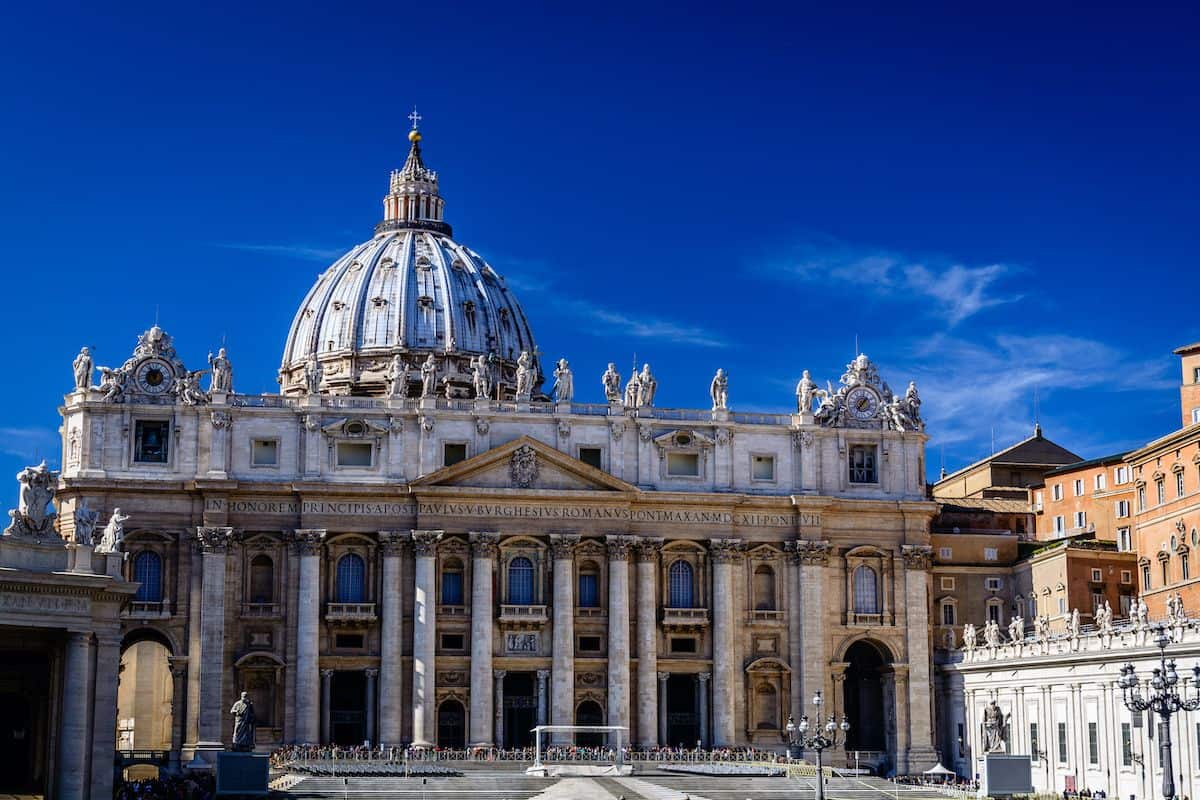
When visiting St. Peter’s Basilica, be sure to take your time and observe all of the nuances and features of the external structure itself. In fact, use this same piece of advice for every one of the structures in this list. Afterward, head in where you can to view all of the artwork that St. Peter’s is so well known for.
How big is St. Peter’s Basilica? Well, it’s been said that you could break down and completely reconstruct the Statue of Liberty within its walls, and still have some room to spare overhead. That said, make sure you plan out plenty of time!
Pantheon
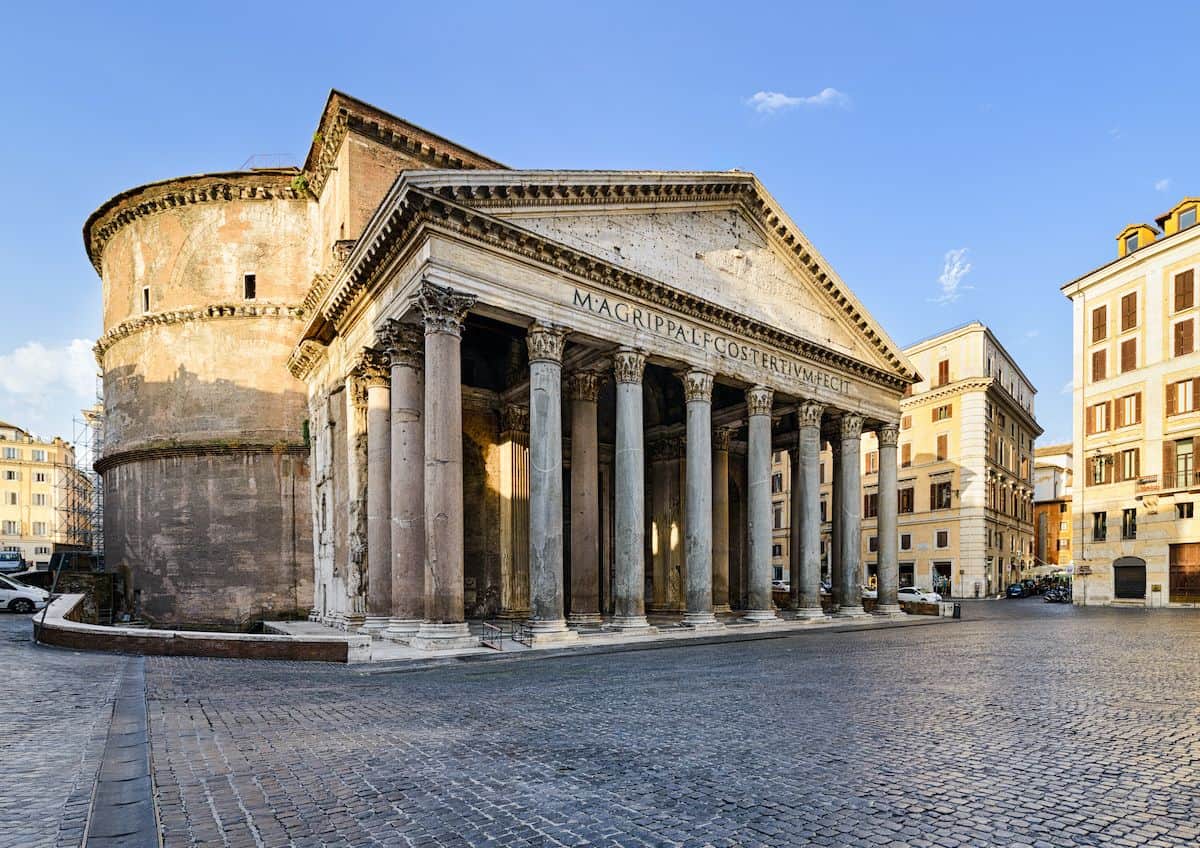
“It looks more like the work of Angels than humans.” ~ Michelangelo
With its broad pillars, finely detailed statues, and the intricately detailed artwork crafted throughout, the Pantheon has been a spectacle for nearly 2,000 years.
The word Pantheon means “Honor all Gods,” which was the structure’s original purpose. It is said that the exact composition of the materials used in the Pantheon though similar to today’s concrete, is still widely unknown. This building boasts to have the largest unsupported dome in the world to this day.
Colosseum (Colosseo)
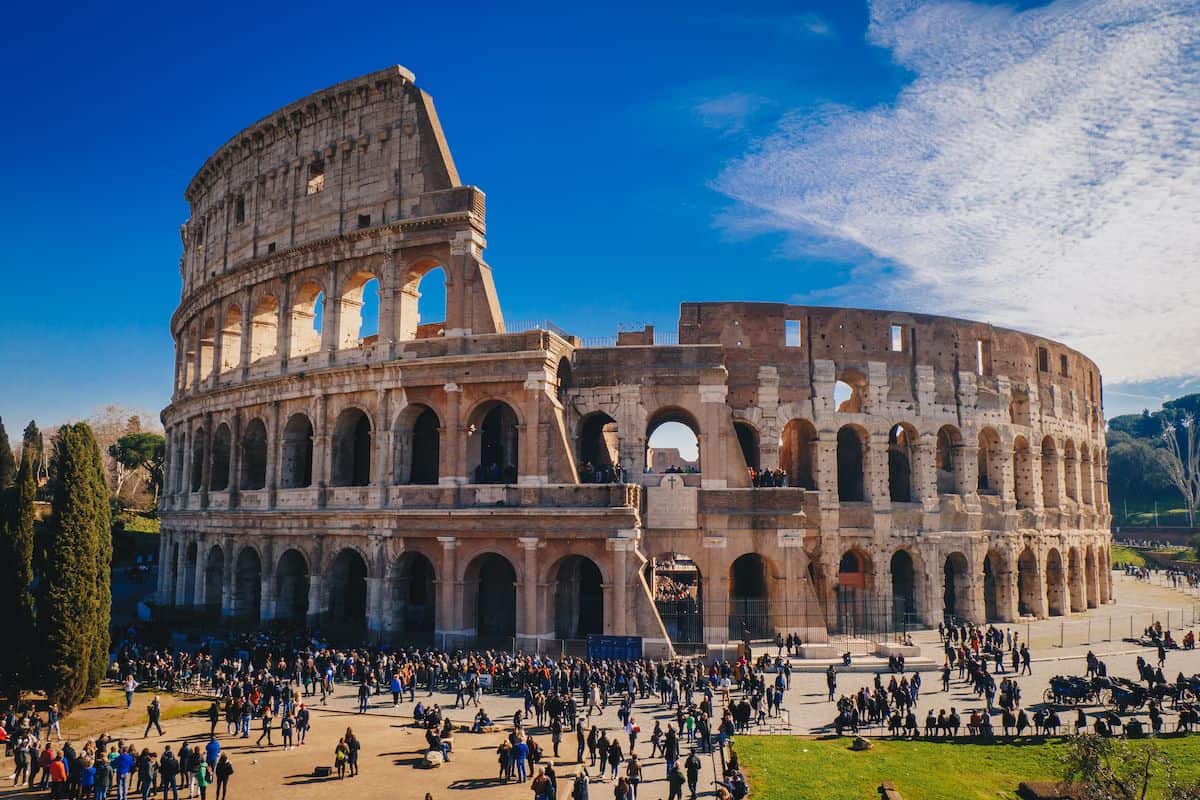
At the time of its creation, this was the largest amphitheater of its day, having been able to hold 50,000 to 80,000 spectators! Built as a giant centerpiece right in the heart of the ancient city of Rome, Emperor Vespasian saw to the construction of the Colosseum, which was built somewhere between 70- 80 A.D…
Though partly in ruin, much of the structure is available to visit and take in. You can go inside to observe where different things would happen, and visualize what it must’ve been like to be one of the spectators of the day- or one of the main events (which wasn’t necessarily the desired position at the time).
Quartiere Coppedè
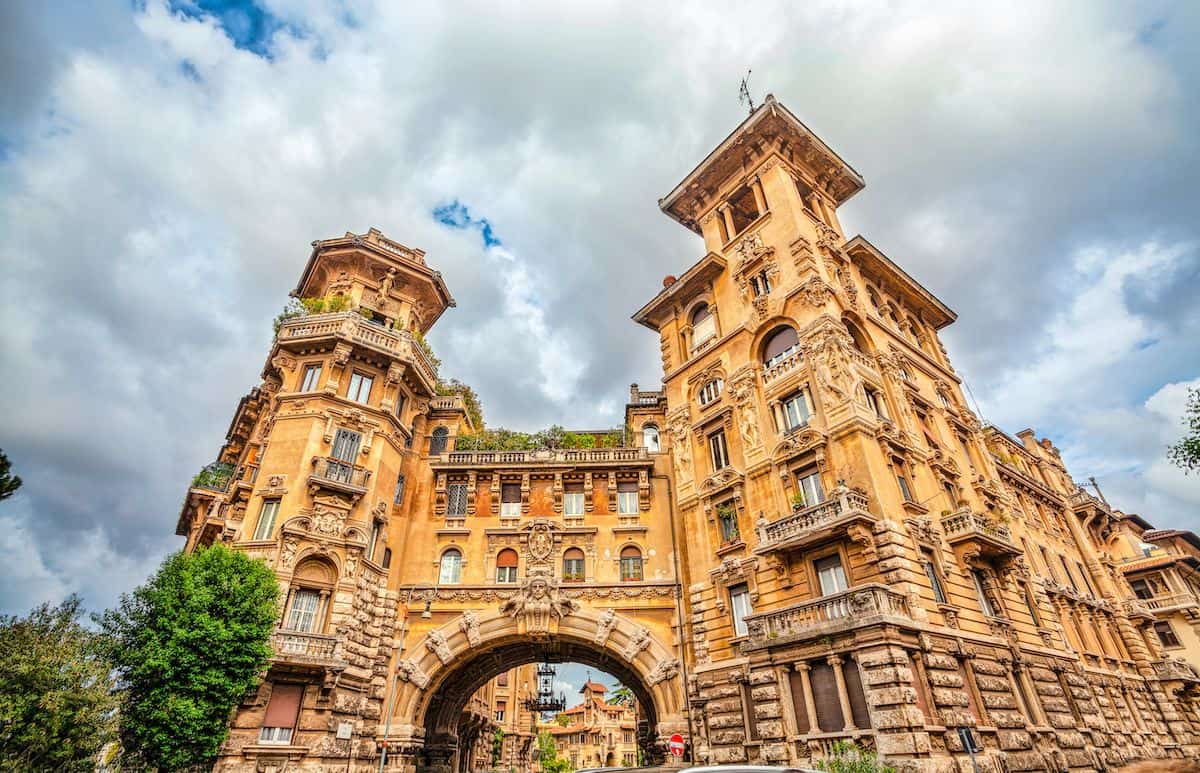
Rather than a structure like the aforementioned attractions, this is more of an area than a structure. In fact, it’s a cluster of around 40 structures. Each structure boasts its own style, its own identity, and each has been kept and manages as architectural pieces of art.
Being a bit off the beaten path of Rome, this is a great place to go and see the multi-layered historical influences incorporated (and at times replicated), throughout the area. From mythological to medieval, palaces to sundials, you’ll find it in this picturesque architectural playground.
Palazzo Doria Pamphilj
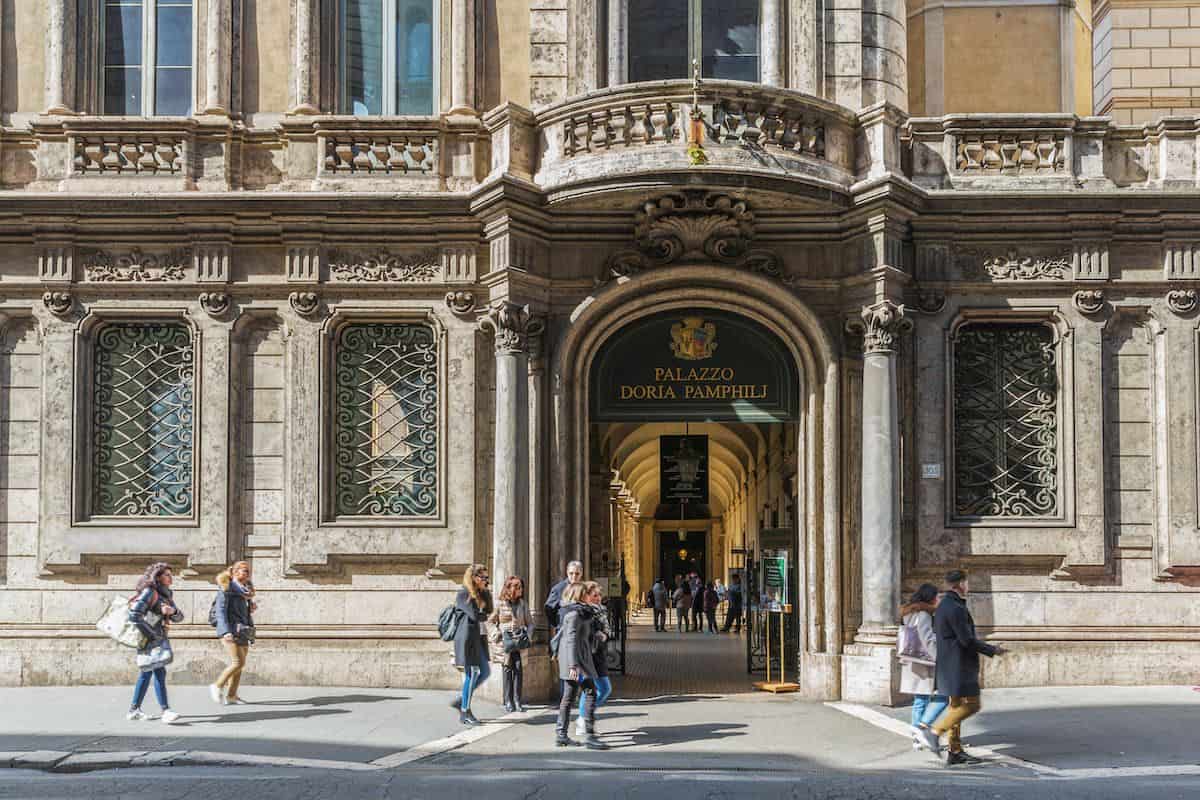
Not far from the Colosseum in the center of Rome, is one of the most beautifully preserved palaces in the area. There are large & beautifully decorated apartments that have been opened to the public, giving us the experience of what it was like to be living the good life in downtown Rome during the 1500s-1600s.
From the moment you enter it feels like you’re strolling through an enormous art gallery- that is of course until you literally enter the art gallery! The gallery within the walls of Doria Pamphilj contains the best art collection to be found in Rome, with somewhere around 400 different works on display. This coupled with all of the artwork you take in while touring throughout the decorated baths and halls, you’ll quickly realize that you’re in a very special place.
Vittoriano
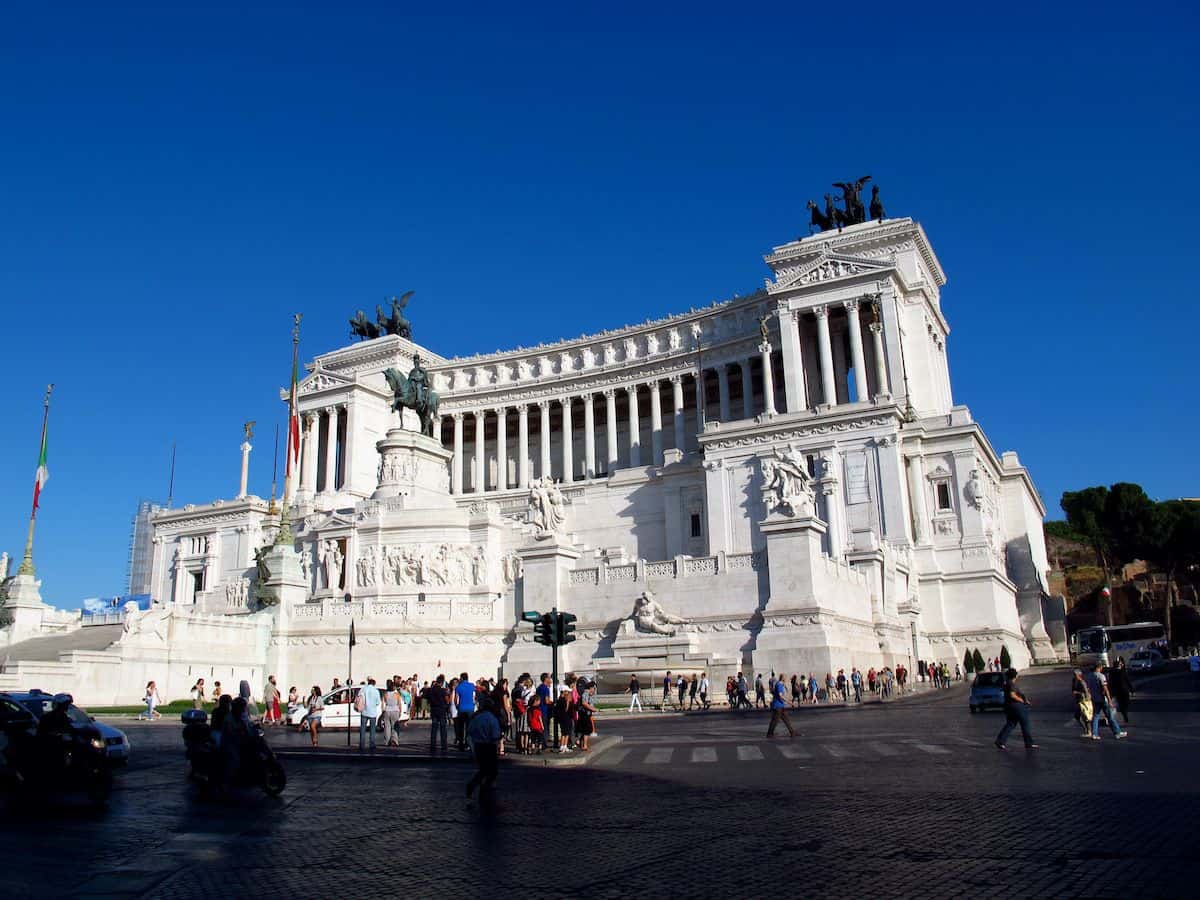
This structure has been called many crazy things over the years- the desk, the wedding cake, the typewriter, to name a few. This is mainly due to the structure’s shape. The structure, however, was built to commemorate the unification of Italy and to give honor and remembrance to her first King.
You can take an elevator to the top of this structure to get a breathtaking unobstructed view of the city. Major exhibitions are most commonly held on this site and is currently open to the public.
Casino del bel Respiro
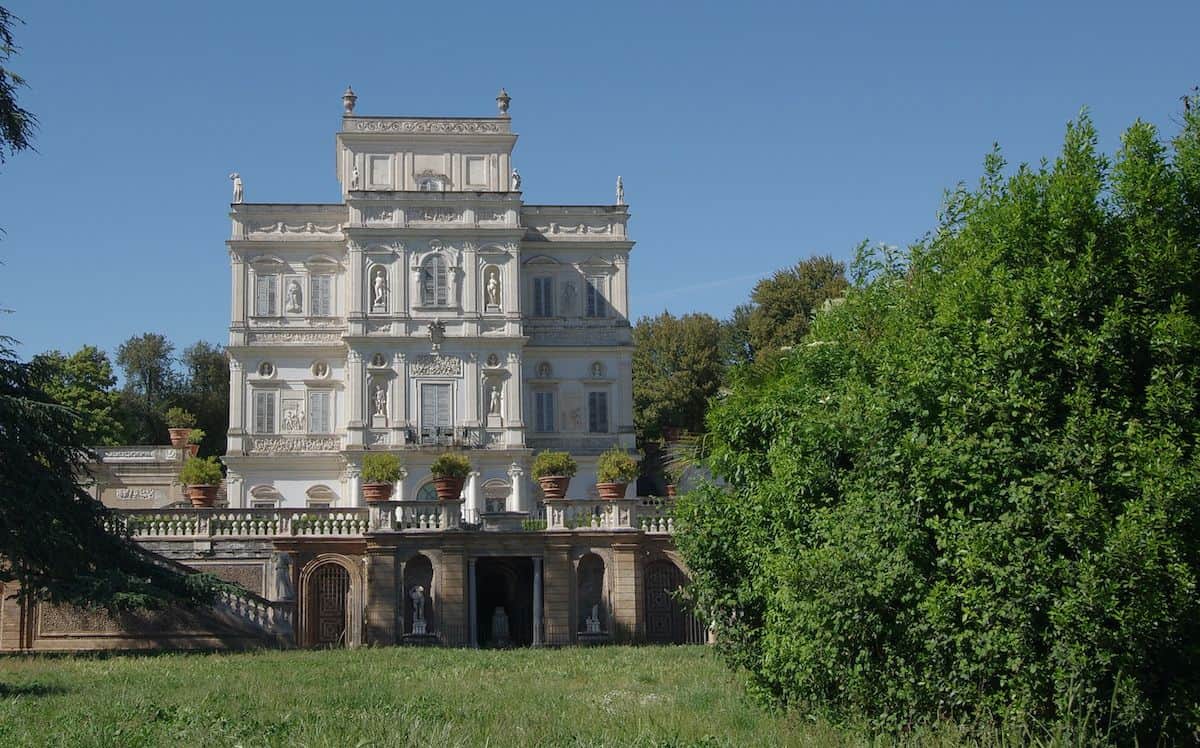
This is a structure that is beautiful to behold, with surroundings and landscape that is equally impressive. Take a glance through the gates to behold the labyrinth of paths through the beautiful garden encompassing the structure, or stroll through the surrounding fields framed in large Roman pines.
The structure was originally built as a retreat or country home for the nobility of the day. Though the building is closed off to the public, it is still worth the visit for the memories, the detailed work of a bygone era outside the building, and is a good, relaxing place to enjoy a nice sunny day.
Teatro Marcello
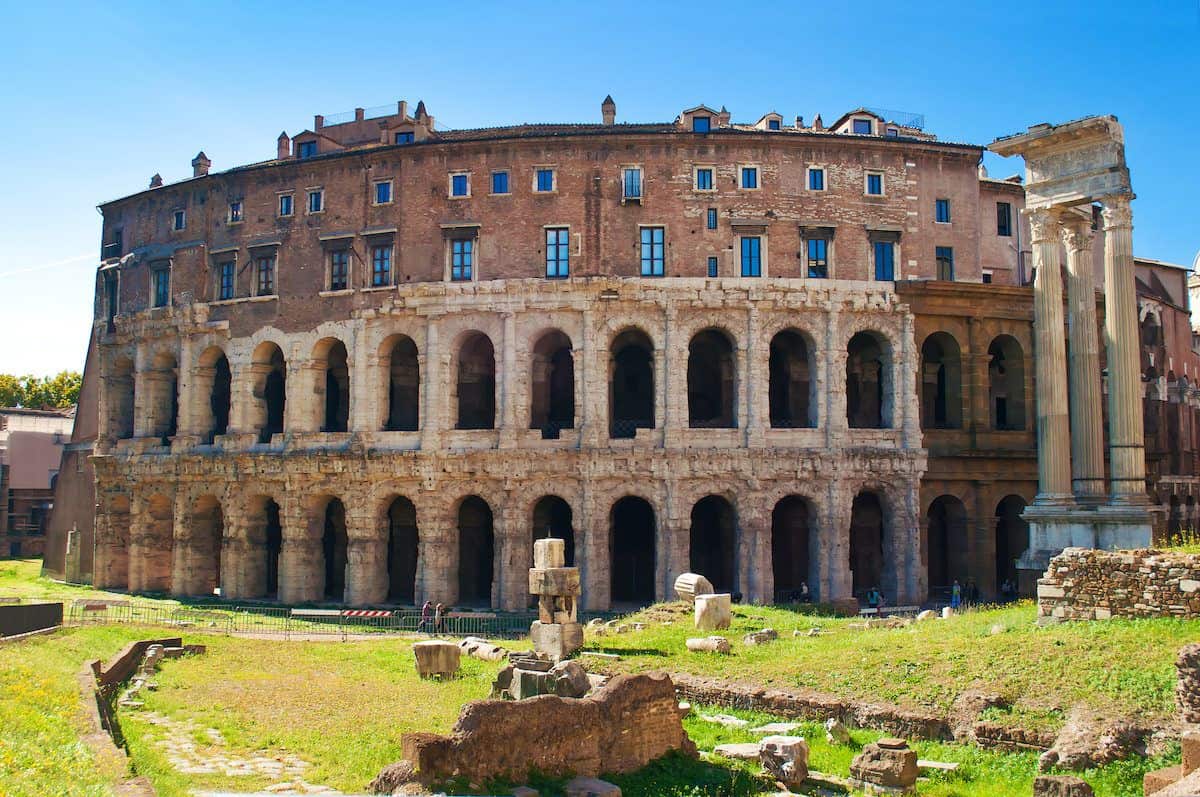
This is a much smaller colosseum than The Colosseum we just talked about, but it predates it’s larger counterpart by about 84 years or so, dating back to around 12 B.C…
This structure bears the scars of history, as well as evidence of re-appropriation, and the different building styles and materials that were used through different periods, to either repair or add-to the building itself. There are ruins that still litter the ground around the structure that some may find equally interesting, as they bear the marks of history’s great architects.
Castel Sant’Angelo
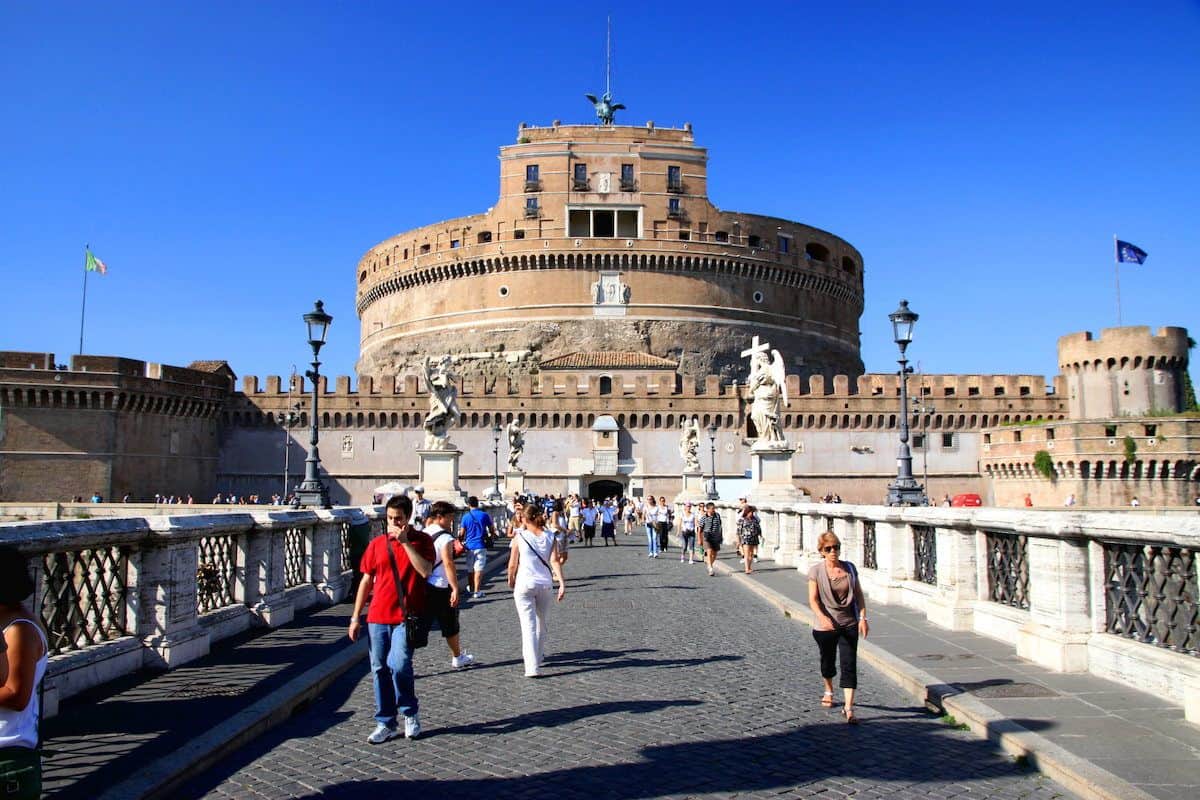
This castle is comprised of a series of impressive and complex structures, each bearing a different mark of historical architecture as the years have progressed since its original creation back in 139 A.D., which originally was meant to be a mausoleum for the emperor.
Visitors can stroll the incredibly decorated footbridge known as the Ponte Sant’Angelo, observing the statues lined up on either side as you get to the main cylindrically designed structure, and was at the time of its completion, the tallest structure in Rome.
Pyramid of Cestius
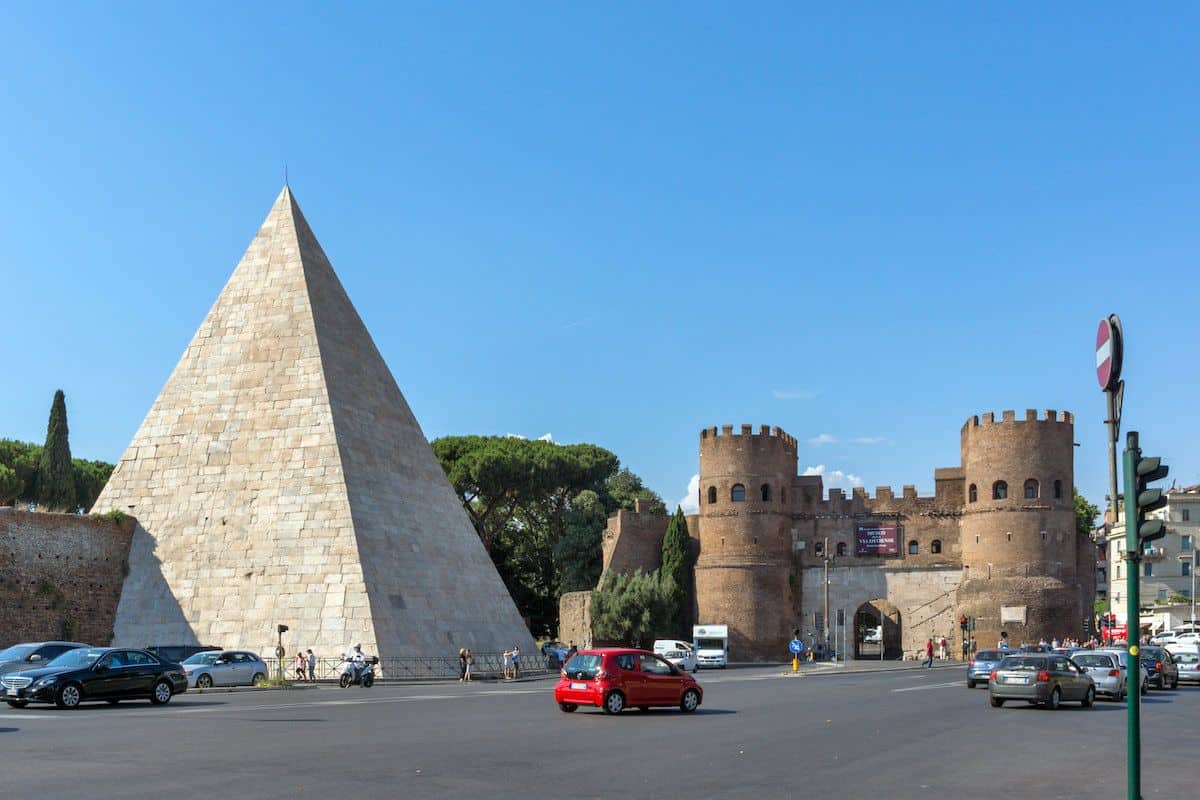
This is something that you don’t typically hear about when you’re talking ancient Roman structures. Clearly, this is a nod to what some architects of the day thought about Egyptian architecture. This pyramid wasn’t merely built for looks, but was also built to function as a tomb for someone back in the day who was extremely wealthy, and a clear proponent of all things Egyptian.
Around the same time this was built, there was a building frenzy of a type that consisted of obelisks, and other type structures most often associated with Egyptian architecture. However, this is the last remaining of only two pyramids built from that period of time. Without a doubt, certainly worth the visit.

